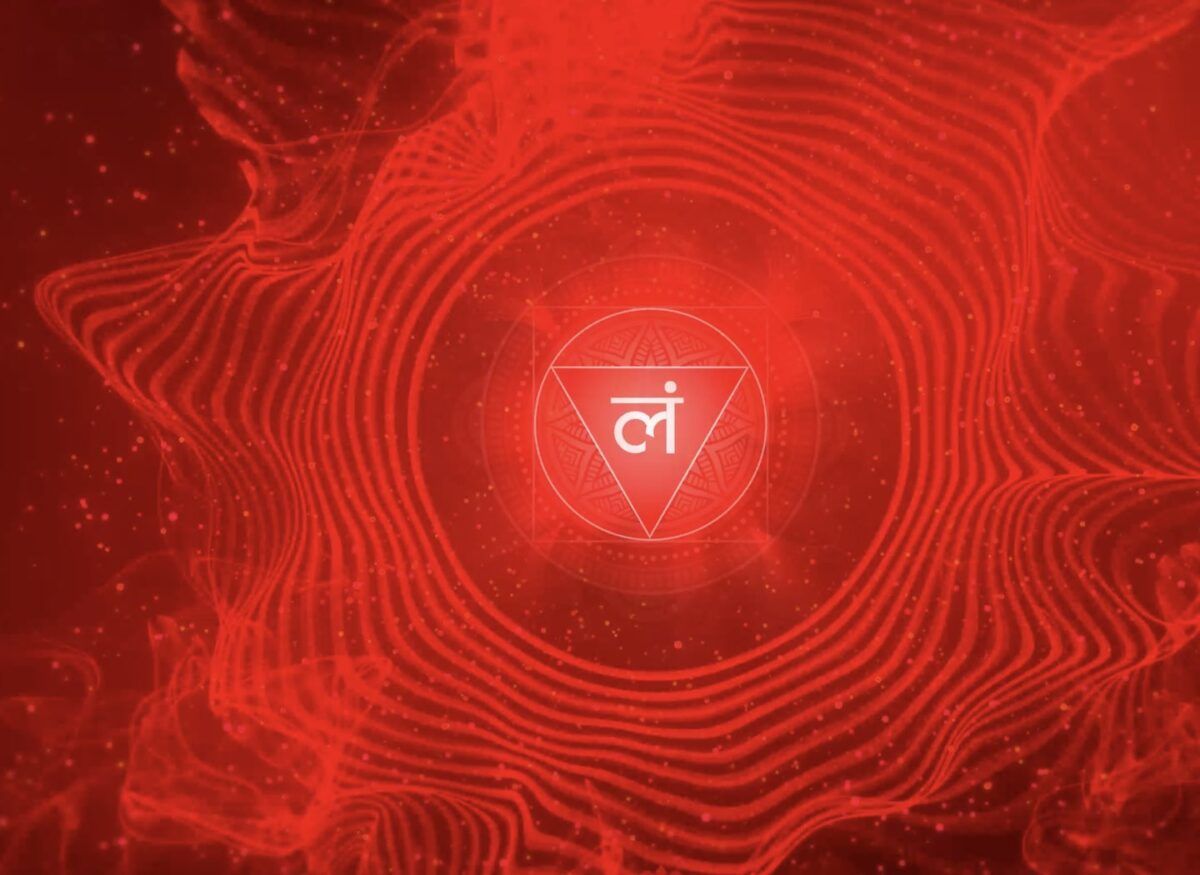“Why this austerity?” Milarepa’s sister asked with consternation in her voice. “Why are you punishing yourself in the name of self-realization?”
The great Tibetan monk Milarepa’s body emitted a green hue as for years at end, he had lived on nothing but nettle soup. A herb growing nearby that he would boil and subsist on. Milarepa was there to perform penance, to purge his consciousness of any impurities. For, when you do anything immoral, the whole world may forgive you but deep within you, you carry that burden for a very long time, if not till your last breath. It robs your peace of mind.
Milarepa had used black magic to harm his relatives (who had harmed him to begin with by usurping his land after his father’s death and kicking his family—mother and sister—out). After meeting his master, Marpa, who had been particularly hard on him, Milarepa finally settled in this cave. Determined to follow his master’s instruction, he had chosen the nivritti marga (IAST: Nivṛtti-mārga)—the path of renunciation—and no one could persuade him to spend his time among the finely dressed townsfolk. Milarepa loved his solitude.
“Why can’t you be like that lama?” Peta Gonkyi (Milarepa’s sister) confronted him. “He dresses in fine clothes, wears fragrant scents, sports expensive silk and turquoises, hobnobs with the who’s who of Lhasa. And you sit here in isolation, refusing to gel with the world. Everyone says he’s enlightened too.” 1
She had been rather upset with Milarepa on this particular occasion after discovering that the sweater she painstakingly hand-knitted for him had been cut up in pieces by Milarepa to cover his fingers and toes and not his body and torso as had been the intention.
“I gave you the sweater so you could remain warm and cover your private parts. But, you sit here shamelessly, stark naked, that too in front of your sister,” she chastised him. “This is neither chaste nor moral and it certainly is not the lifestyle of an awakened individual.”
“Ask yourself, Peta,” Milarepa said calmly, “that who has taught you the concepts of morality, chastity and enlightenment? These are not your own, you were not born with them, were you?”
Initially, Milarepa was a favorite among the young, rebellious seekers, most of whom were simply curious to see this monk who had shunned public life and lived in complete solitude. Someone who had turned green as the Grinch. Eventually, however, the word of his yogic prowess spread far and wide and people flocked to him from all over Tibet. Those in need of healing, remedies, talismans and totems, wisdom came to Milarepa with much hope and faith. So much so that his own sister felt compelled to visit him after a hiatus of several years. Unbeknownst to her, her innocent brother, whom the world once knew as Mila Thöpaga—A joy to hear— was now an adept and yogi of the highest order, famous as Milarepa.
Monks who could withstand extreme cold and survive on a cotton robe throughout the year were given the title, Repa. Hence, Mila had become Milarepa. Mastery over the elements of nature is an epiphenomenon of superior and prolonged meditation championed over several years. Such meditation helps the practitioner master psychic heat, or tummo as it’s called in Tibetan.
From my own experience too, invoking tummo was primarily how I lived in the Himalayan caves and woods at an average altitude of ~9000 feet clad in a simple loincloth. And for the record, as some of you may know already, I did not use fire to warm myself or my surroundings. It was the sheer force of meditation and one-pointed concentration that accorded me the luxury of immunity from the harsh Himalayan winter. Until I experienced the power of tummo, the legend of Milarepa had been just that for me, a legend.
Tummo, in her formed aspect, in Buddhist and Hindu tantra is also known as Chandali, the goddess of heat and passion. In this post, however, my focus is exclusively on mastering tummo with meditation. You don’t need initiation if you wish to experiment with this practice.
How to Invoke Psychic Heat (Tummo)
Invoking tummo is a procedure (kriya) of nine steps, and while there are no prerequisites per se, there are some factors that vastly improve the odds of success. As follows:
Key Success Factors
- If you are used to meditation already, you are likely to find it easier to master the art and science of tummo. The more superior your one-pointed concentration, the faster you will succeed.
- If you are a practitioner of pranayama, you have a head start. If not, it’s not a problem as this can be learned with diligent practice.
- If you have not already done so, I would encourage you to patiently go through my virtual retreats on The Art of Meditation and Kundalini Meditation. (They are completely free and therein I’ve covered essential aspects of important aspects of breathing including pranayama.)
- You will need to devote a minimum of 45 minutes every day for about six months before you start seeing tummo in action.
- Avoid acidic foods while you practice invoking tummo.
- Sitting cross-legged with your hands in your lap, in the standard meditative posture is the best way to practice the invocation of tummo. If you can’t sit cross-legged, do the best you can by sitting in a chair, but keep your back straight. (Disclaimer: I do not know if invoking tummo is as easy or effective in any other posture, as I have not tried it in that manner.)
Steps to Invoke Tummo
Assuming you devote 45 minutes every day, this is what your regime is going to look like:
- 5 minutes. Alternate breathing (Pranayama). Normal alternate breathing without holding your breath.
- 7 minutes. Vase breathing (Ghata-shvasa). 7 minutes. You can understand the practice and nuances of this simple but highly effective yogic practice of breath by watching this video.
- 5 minutes. Shining-Skull breathing (Kapala Bhati). Activate your solar plexus (manipura chakra) as explained and demonstrated in this video.
- 1 minute of normal breathing.
Your body is now ready to invoke tummo. Continue with the steps below: - 3 minutes. Visualize hot red color at the sole of your left foot. Simply visualize with as much concentration and intensity as you can, the color red radiating with heat on the left sole of your foot.
- 3 minutes. Do the same visualization as in the previous step on the right foot.
- 3 minutes. Do the same visualization on your left palm.
- 3 minutes. Now do it on your right palm.
- 15 minutes. Visualize the same red color radiating heat on your solar plexus.
Gently open your eyes, breathe normally, and get up. If there is any instrumental music that you like that helps you in concentrating and visualizing better, feel free to play that music.
Sticking to the 45-min practice above, at least once a day, will certainly help you in mastering the psychic heat that sits at the intersection of your physical body, psychic body (tendencies, afflictions), and your superconsciousness (pristine awareness and universal oneness). A minimum of one session is required daily and up to 8 are permitted in a span of 24 hours.
Benefits of Mastering Tummo
- Better Physical Health
Significantly improved gut health, better blood circulation, improved appetite. It leads to better regulation of your body temperature too, so you feel less cold. Even as your appetite improves, the paradox is that you are able to fast for longer periods without any pangs of hunger. - Better Mental Health
A much less chatty mind is perhaps one of the greatest rewards. You will discover that your mind is calmer than before and is not constantly fielding an onslaught of thoughts. If you are on medication for any kind of mental illness, you should refrain from invoking tummo. Instead, master the path of mantra sadhana or standard meditation which can be just as potent. - Superior and Reliable Intuition
As you learn to harness the energy on your solar plexus combined with a calmer mind and better breath regulation, you almost start to match the frequency of the world around you. You know, how the heart beats in a certain rhythm and when that rhythm is broken, the ECG comes out abnormal? Similarly, even though we don’t have the machines to measure it yet, human consciousness too operates on a certain frequency. Our subconscious, conscious and superconscious states almost have a different rhythm, a sort of flow. Invoking, invigorating and retaining your psychic heat, has a direct bearing on your intuition.
What a fascinating thing the human body is and even more fascinating is our consciousness that’s intricately linked with the workings of the universe.
Those of you who can, I hope you experiment with tummo and reap the rewards of this sublime practice.
Please note the phrase “prolonged meditation” I used earlier in the post. In other words, while you will start experiencing some benefits of this practice within six months or so, you won’t be ready to sit in the snow with just a loincloth for the next few years. So, you may want to hold onto that sweatshirt and fleece-pajamas for now.
Peace.
Swami
P.S. All those who applied for initiation till 31-Dec will hear from me on 14-Jan (Sunday). Please check your spam in case you don’t receive the email by 14-Jan 7 pm IST.
Notes
A GOOD STORY
There were four members in a household. Everybody, Somebody, Anybody and Nobody. A bill was overdue. Everybody thought Somebody would do it. Anybody could have done it but Nobody did it.
Don't leave empty-handed, consider contributing.It's a good thing to do today.









Comments & Discussion
202 COMMENTS
Please login to read members' comments and participate in the discussion.